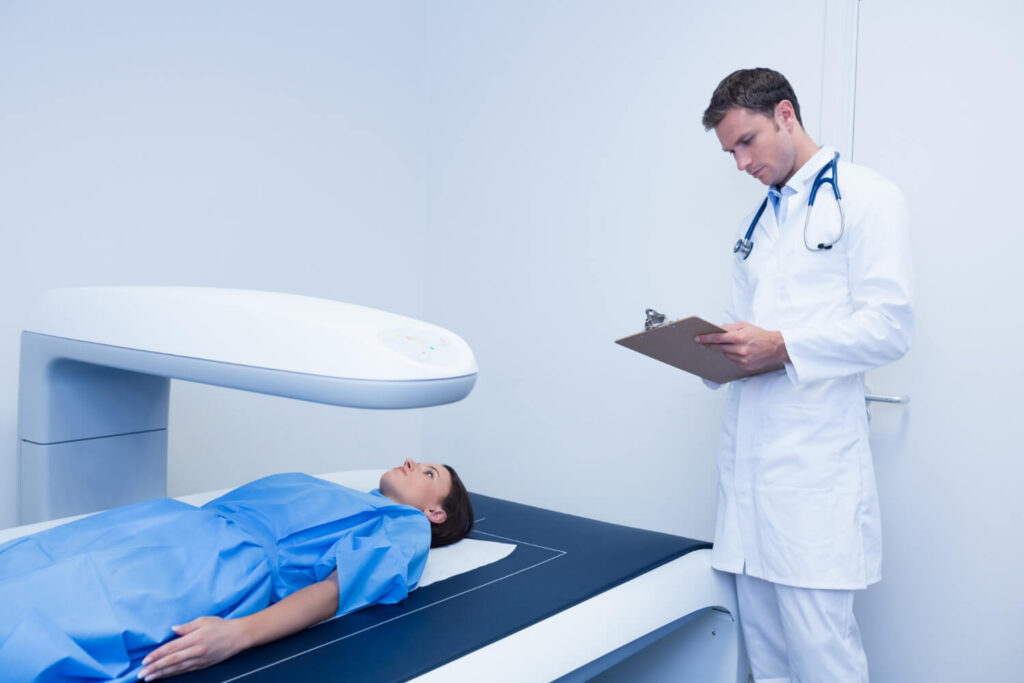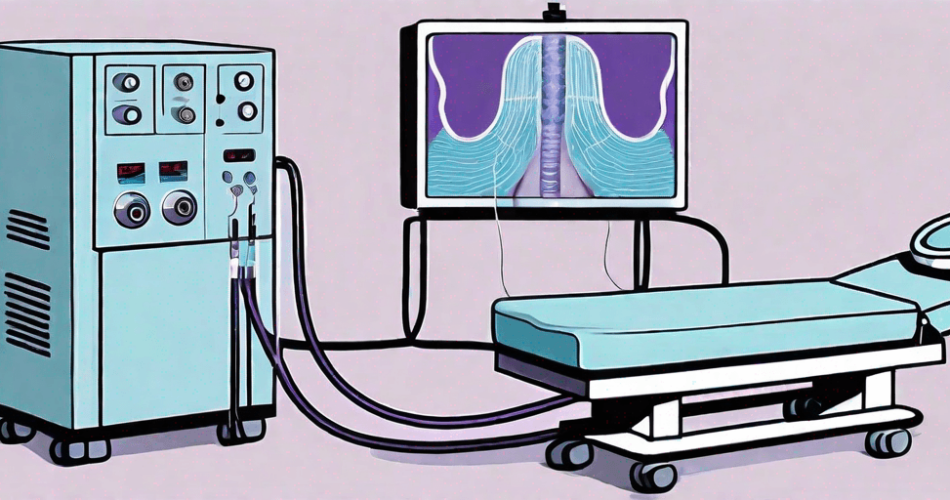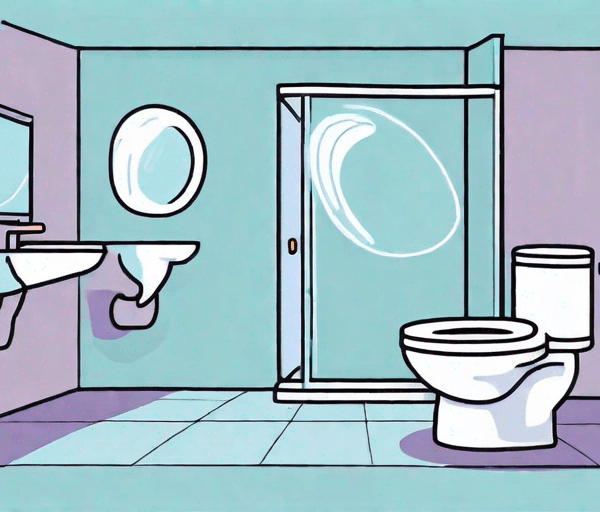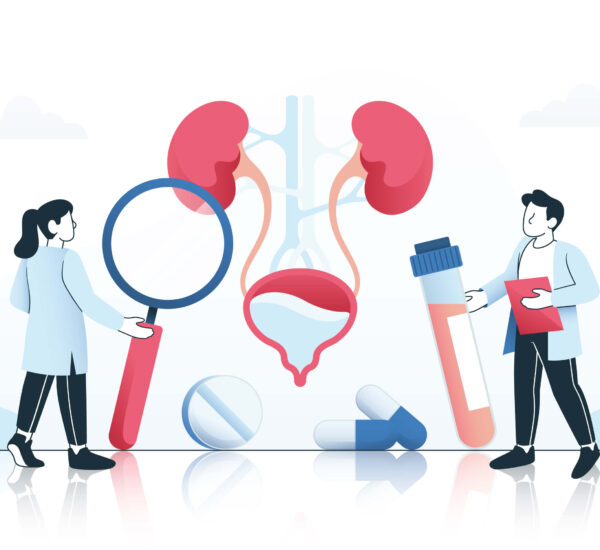Suffering from a painful and debilitating condition such as kidney stones can affect the overall health of individuals. With such illness, it can hinder them to fulfill activities, and can limit their way of life in the long run. Fortunately, advances in medical technology have led to the development of effective procedures such as lithotripsy.
In this article, we will explore the ins and outs of this innovative medical procedure. By understanding its process, benefits, and offered recovery time, patients can make informed decisions regarding their kidney stone treatment options. Let’s begin!
Understanding Lithotripsy

Lithotripsy is a non-invasive medical procedure aimed at breaking down kidney stones into smaller, more manageable fragments. It utilizes shock waves to create vibrations that target the stones, causing them to fragment into smaller pieces. These smaller fragments can then be easily passed through the urinary tract, reducing the discomfort and potential complications associated with kidney stones.
The Science Behind Lithotripsy
This procedure relies on the principles of acoustic energy and shock waves. During lithotripsy, the patient lies on a comfortable table while a sophisticated lithotripter machine is carefully positioned. The machine generates shock waves that travel through the body and converge on the location of the kidney stones.
The shock waves, when precisely targeted, induce stress on the stones, causing them to fragment into smaller pieces. This process, known as fragmentation, is a result of the stones’ inability to withstand the intense pressure exerted by the shock waves. The fragmented stones are then expelled from the body naturally, typically through urination.
The success of the lithotripsy procedure depends on various factors, including the size, composition, and location of the stones. Larger stones may require multiple lithotripsy sessions to completely break them down into manageable fragments. Additionally, the composition of the stones plays a significant role in determining the effectiveness of this procedure. Certain types of stones, such as calcium-based stones, are more easily fragmented compared to others.
Who Needs Lithotripsy?
Individuals with large kidney stones that won’t pass on their own or are causing severe symptoms should check this procedure. It is often considered when other conservative treatments, such as medications or dietary modifications, have failed to provide relief.
Furthermore, lithotripsy may be particularly beneficial for patients who prefer a non-surgical approach. Unlike invasive surgical methods, lithotripsy does not require any incisions or internal access to the urinary tract. Thus, reducing the risk of complications and shortening the recovery time.
Although, it is important to note that not all kidney stones are suitable for lithotripsy. Stones that are too large or located in certain areas of the urinary tract may require other options for treatment. Alternative treatment options, including surgical removal or endoscopic procedures, may be considered.
Preparing for a Lithotripsy Procedure
For better analysis of the suitable treatment plan, patients are encouraged to seek a professional’s help. Patients can undergo a series of diagnostic tests to determine the size, composition, and location of the stones. This information helps the healthcare team plan the most appropriate treatment approach.
During the medical evaluation, the accredited doctor will review the patient’s medical history and perform a physical examination. This step is crucial in identifying any underlying health conditions that may affect the procedure or recovery process.
Other procedures will also be requested:
- blood tests
- urine tests
- imaging studies such as X-rays or ultrasound
Once the medical evaluation is complete, the healthcare provider will discuss the results with the patient and determine the most appropriate course of action. If the patient is deemed a suitable candidate for lithotripsy, further preparations will be made to ensure a successful procedure and recovery.
The Lithotripsy Procedure Step-by-Step

The lithotripsy procedure involves several key steps that contribute to its overall effectiveness and safety. Let’s take a closer look at each stage of the process.
Before the Procedure
Prior to the procedure, the patient will typically be provided with specific instructions regarding fasting, medication usage, and any necessary bowel preparation. It is essential to follow these instructions meticulously to ensure the best possible outcomes and minimize any potential risks.
Furthermore, the healthcare provider will discuss the procedure in detail with the patient, addressing any concerns or questions they may have. This open communication helps alleviate anxiety and ensures that the patient feels well-informed and prepared for what lies ahead.
During the Procedure
At this stage, the patient is positioned on the lithotripter table while a conductive gel is applied by the expert. This helps improve the transmission of shock waves. The machine is then activated, delivering precise shock wave pulses to the targeted area.
It is important to calibrate the shock wave based on the size, location, and composition of the kidney stones. This customization ensures that the energy is focused solely on the stones, minimizing damage to surrounding tissues.
Throughout the procedure, the patient may experience mild discomfort or vibrations as the shock waves pass through the body. However, anesthesia or sedation is often administered to ensure that the patient remains comfortable and relaxed during the entire procedure.
The lithotripsy machine is equipped with advanced imaging technology, such as fluoroscopy or ultrasound, which allows the healthcare provider to monitor the progress in real-time. This real-time feedback enables them to make any necessary adjustments to optimize stone fragmentation and clearance.
After the Procedure
After the lithotripsy procedure, patients will typically be monitored for a short period to ensure that no immediate complications arise. Depending on the specific situation, they may be able to return home on the same day or may require a brief hospital stay for observation.
It is crucial to follow any post-procedure instructions provided by the healthcare team. This may include drinking plenty of fluids to help flush out the stone fragments, taking prescribed medications, and scheduling follow-up appointments to monitor the progress of stone clearance.
In some cases, patients may notice blood in their urine or experience mild pain or discomfort as the body expels the fragmented stones. These symptoms are usually temporary and can be managed with over-the-counter pain relievers and increased fluid intake.
It’s important to note that the success of lithotripsy varies depending on factors such as stone size, composition, and location. In some instances, multiple sessions may be required to completely eliminate the kidney stones.
Risks and Complications of Lithotripsy

While lithotripsy is generally considered safe and effective, there are potential risks and complications that patients should be aware of. It is important to have a comprehensive understanding of these potential outcomes before undergoing the procedure.
Short-Term Side Effects
Some individuals may experience mild side effects immediately following the lithotripsy procedure. These side effects are generally temporary and should not cause significant concern. However, it is crucial to be aware of them to ensure proper monitoring and management.
Here are some of the noticeable short-term side effects:
Discoloration Around the Area
One of the most common short-term side effects is discomfort or bruising in the treatment area. This discomfort is typically mild and can be managed with over-the-counter pain relievers. Bruising may appear as discoloration or tenderness around the targeted area, but it usually resolves on its own within a few days.
Hematuria
In some cases, patients may notice blood in their urine after lithotripsy. This is known as hematuria and is a normal response to the procedure. It is important to stay hydrated and monitor the urine color, as excessive bleeding or prolonged hematuria should be reported to a healthcare provider.
Urge to Urinate
Furthermore, temporary changes in urinary frequency or urgency may also occur. This is typically a result of the body’s response to the procedure and should resolve on its own within a few days or weeks. If these changes persist or worsen over time, it is important to consult with a healthcare professional for further evaluation.
Long-Term Risks
Although rare, there are potential long-term risks associated with lithotripsy. These risks should be thoroughly discussed with a healthcare provider to ensure appropriate monitoring and management.
Here are some of the long-term side effects:
Residual Stones
One possible long-term risk is the presence of residual stone fragments. After lithotripsy, small pieces of the stone may remain in the urinary tract. In some cases, these fragments may pass naturally without causing any issues. However, in other instances, additional intervention may be required to remove or break down the remaining fragments. Regular follow-up appointments and imaging tests can help identify any persistent stone fragments and guide further treatment decisions.
Organ Damage
Another potential long-term risk is damage to the surrounding tissues or organs. While lithotripsy is designed to target and break down kidney stones, there is a small risk of unintentional damage to nearby structures. This risk is minimized by using precise imaging techniques to guide the procedure. However, it is important to be aware of this possibility and report any unusual symptoms or complications to a healthcare provider promptly.
Infection in the Urinary Tract
Furthermore, infections such as UTI are another long-term risk associated with lithotripsy. The procedure can introduce bacteria into the urinary tract, increasing the risk of infection. Symptoms of a UTI may include frequent urination, pain or burning during urination, cloudy or strong-smelling urine, and abdominal discomfort. If any of these symptoms occur after lithotripsy, it is important to seek medical attention for proper diagnosis and treatment.
Conclusion
Understanding this procedure allows patients to have a choice on achieving a healthier urinary system without surgical method. Lithotripsy is a non-invasive procedure that makes patients be more aware of their condition. Thus, helping patients to analyze their condition more and make informed decisions regarding their treatment options.
Through this innovative advancement in the medical field, individuals can successfully overcome kidney stone-related challenges and pave the way for improved urinary tract health. Start the change you need for your urinary health by managing kidney stones. Book an online consultation with a local urologist to begin the intervention treatment today!



